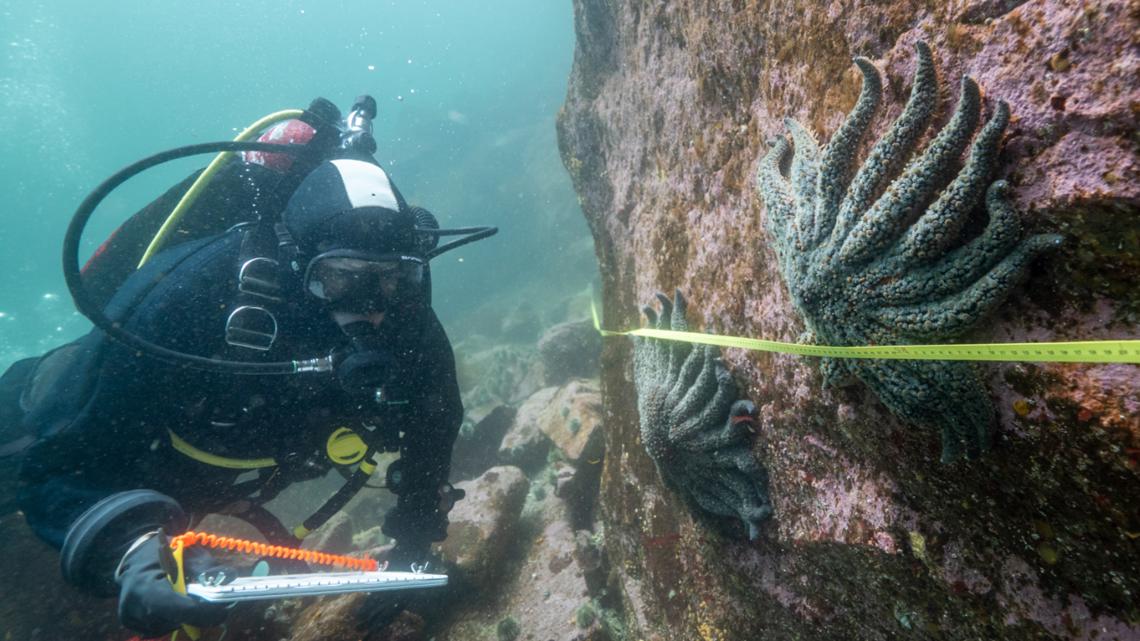T4K3.news
New manta ray species identified in Atlantic Ocean
The new species Mobula yarae has been confirmed after 15 years of research, enhancing conservation efforts.
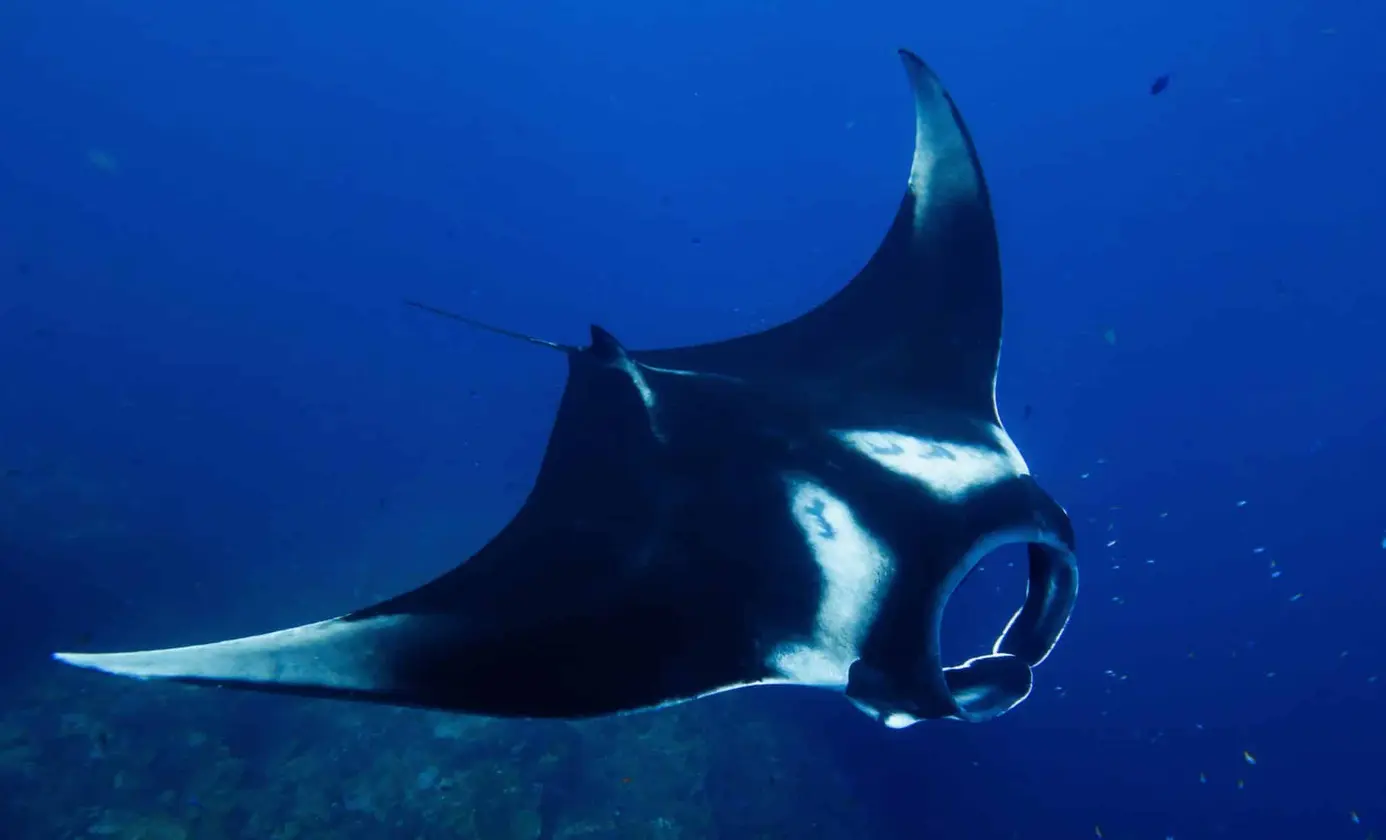
Discovery of a new manta ray species in the Atlantic Ocean could reshape conservation strategies.
New manta ray species found in the Atlantic Ocean
The identification of Mobula yarae, a new species of manta ray, has been confirmed after years of extensive research. This species joins two previously recognized types, the Giant Oceanic Manta and the Reef Manta, and is a significant achievement in marine biology. Dr. Andrea Marshall, who first proposed the existence of a third species in 2009, dedicated over six years to differentiate existing types. The official classification was published in the journal Environmental Biology of Fishes. Mobula yarae has distinct physical traits, such as unique color patterns and a preference for coastal habitats, which underline its unique ecological role and the urgent need for targeted conservation efforts.
Key Takeaways
"It had taken me 6 years to differentiate the first two species."
Dr. Marshall reflects on her dedicated research process.
"Now that we’ve proven that this Atlantic manta ray is distinct, we can tailor our research and conservation initiatives to protect the species."
Jessica Pate discusses the implications for conservation following the new discovery.
The discovery of Mobula yarae highlights the importance of scientific inquiry and persistence, especially given the difficulties faced by Dr. Marshall, including a serious health issue. Her discovery underscores the evolving understanding of marine biodiversity, necessary to confront the challenges posed by climate change, habitat destruction, and human activities. It also offers a renewed call to action for conservationists to adapt their strategies according to the specific needs of each species, particularly as the new manta ray faces its own set of threats in coastal ecosystems.
Highlights
- This manta didn’t look like either of them.
- You can’t protect what you haven’t formally identified.
- Persistence leads to groundbreaking discoveries.
- Each species deserves tailored conservation strategies.
Conservation challenges pose risks to new manta ray species
As Mobula yarae gains recognition, the threats to its coastal habitat from human activities call for urgent conservation action. Without tailored strategies, this newly discovered species may face significant risks.
The findings related to Mobula yarae may lead to enhanced preservation initiatives for manta rays.
Enjoyed this? Let your friends know!
Related News
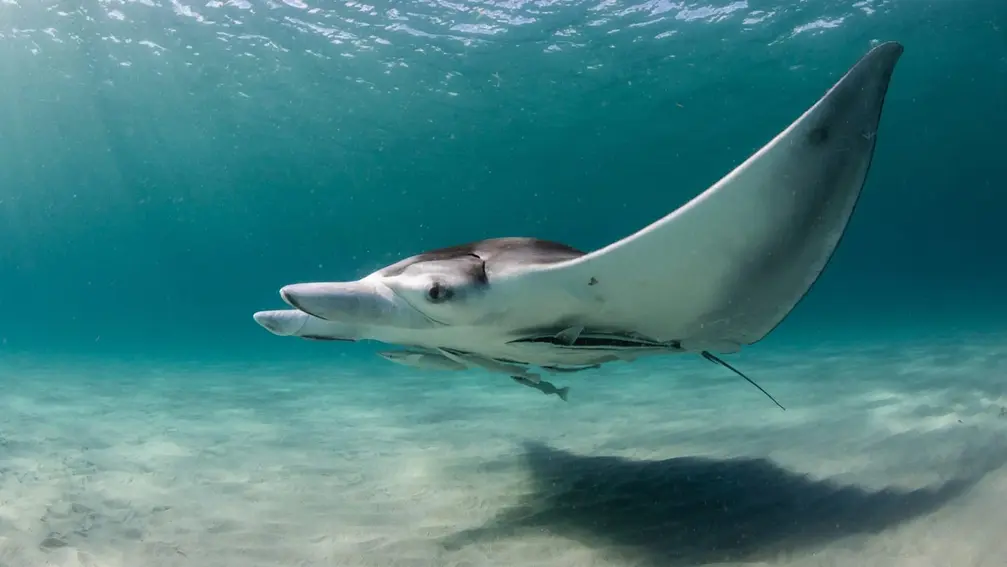
New atlantic manta ray species identified
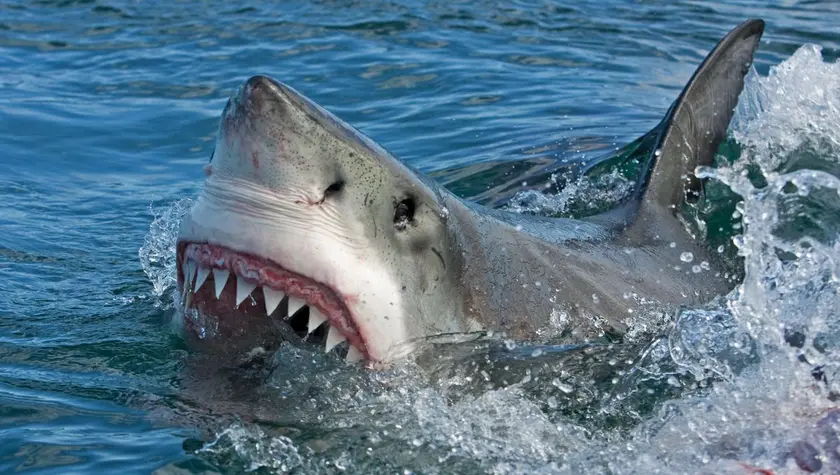
Great White Shark Genetics Deepens Mystery
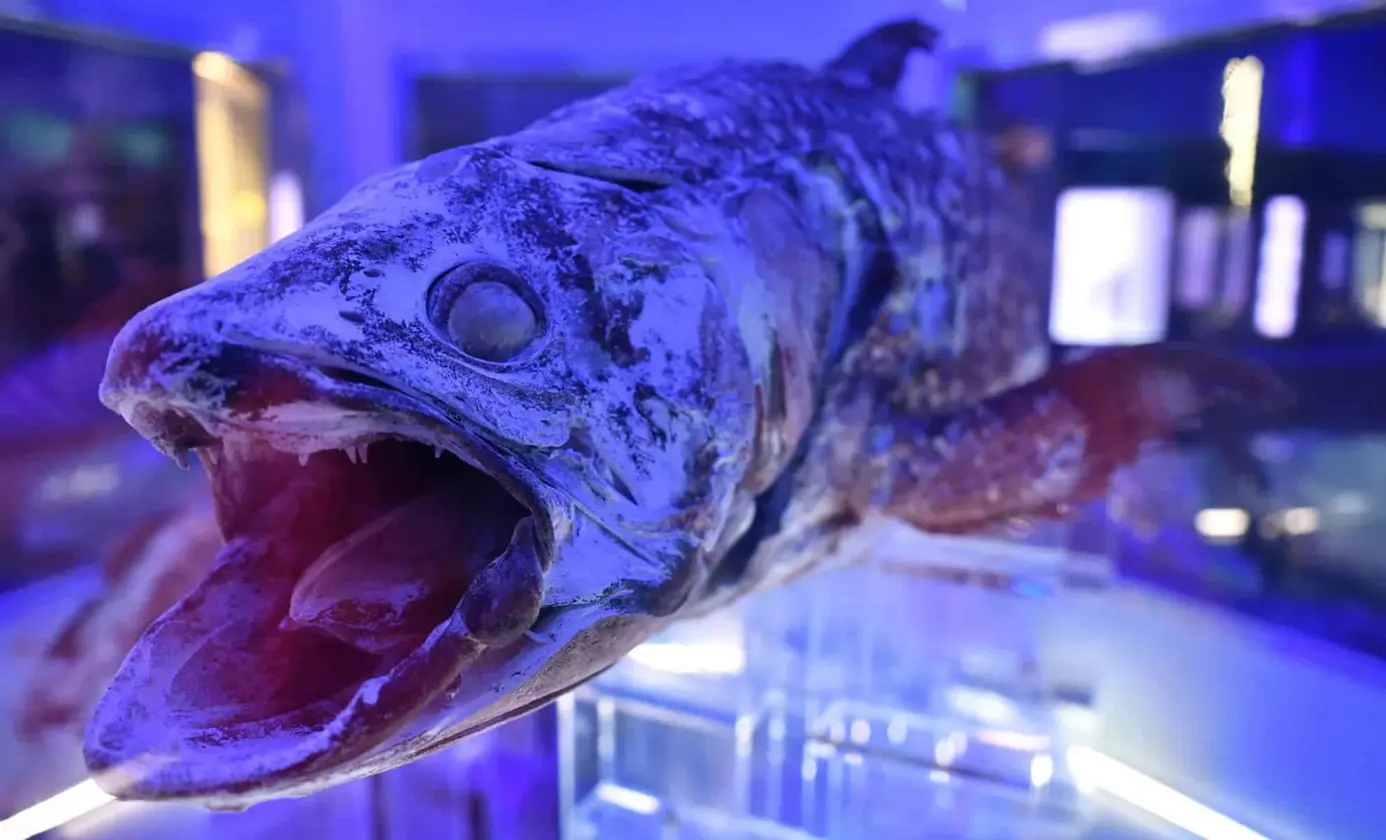
Study reveals coelacanth's misunderstood anatomy
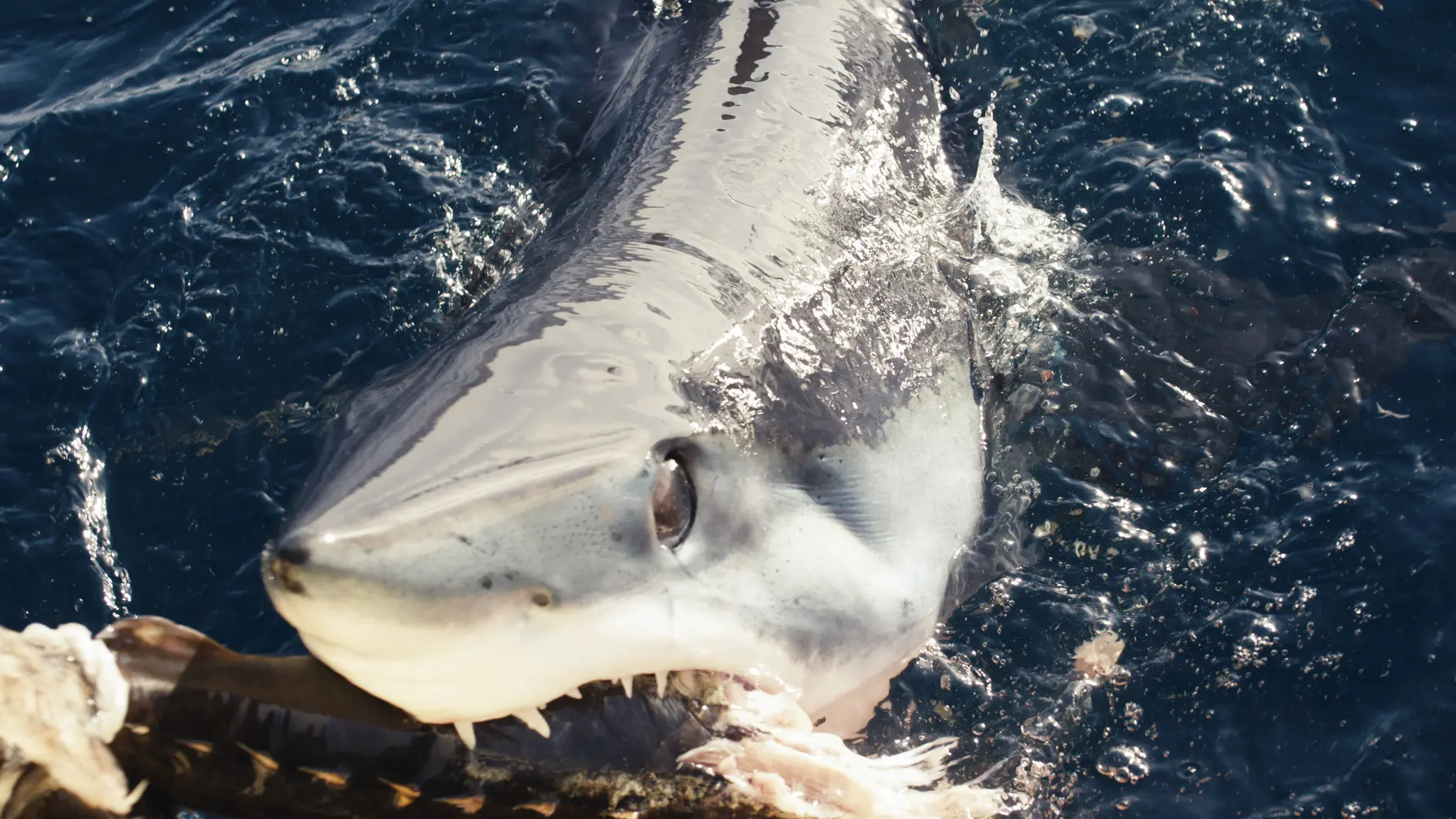
Shark Week team discovers unusual black makos off California coast
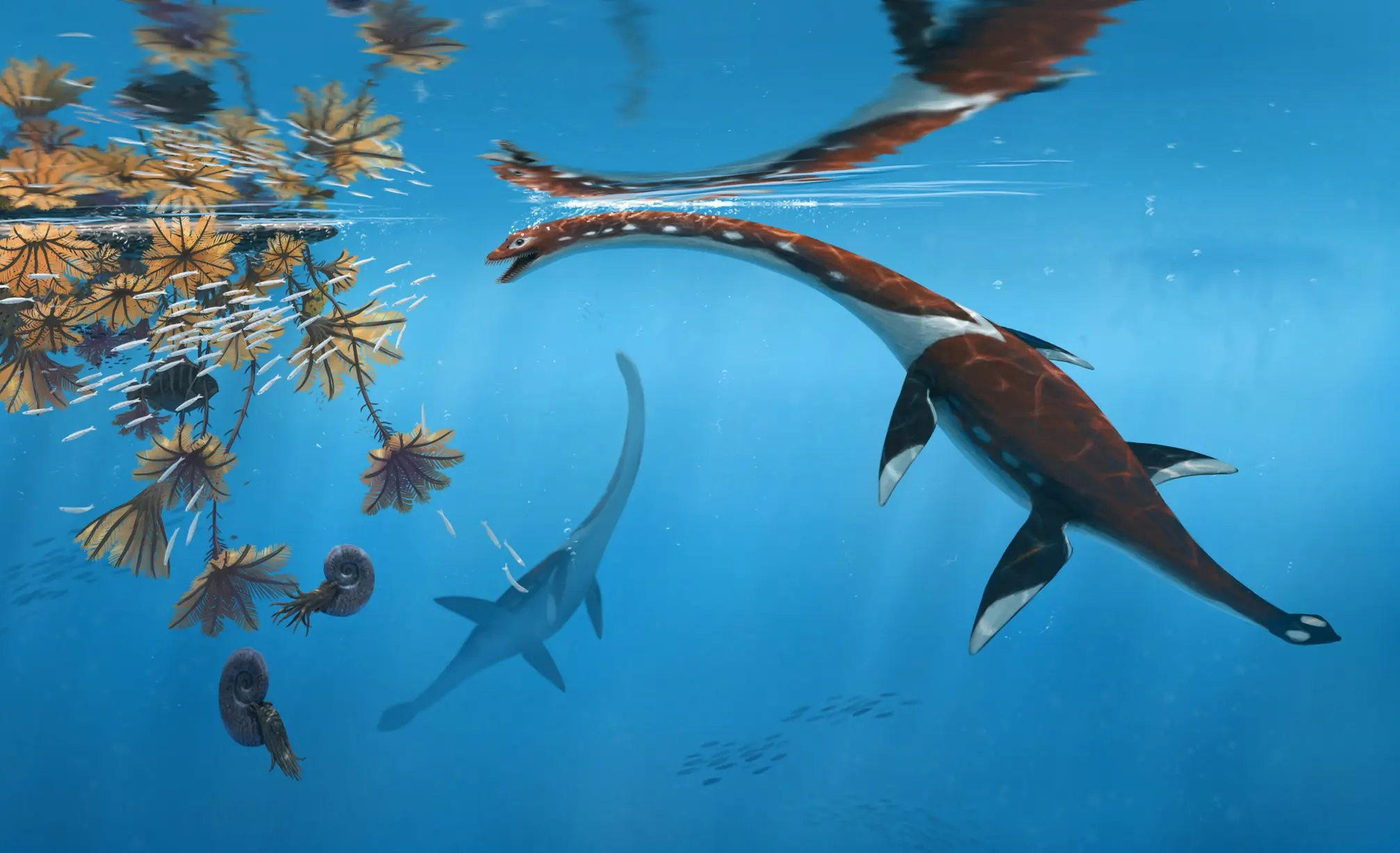
New marine reptile species discovered in Germany
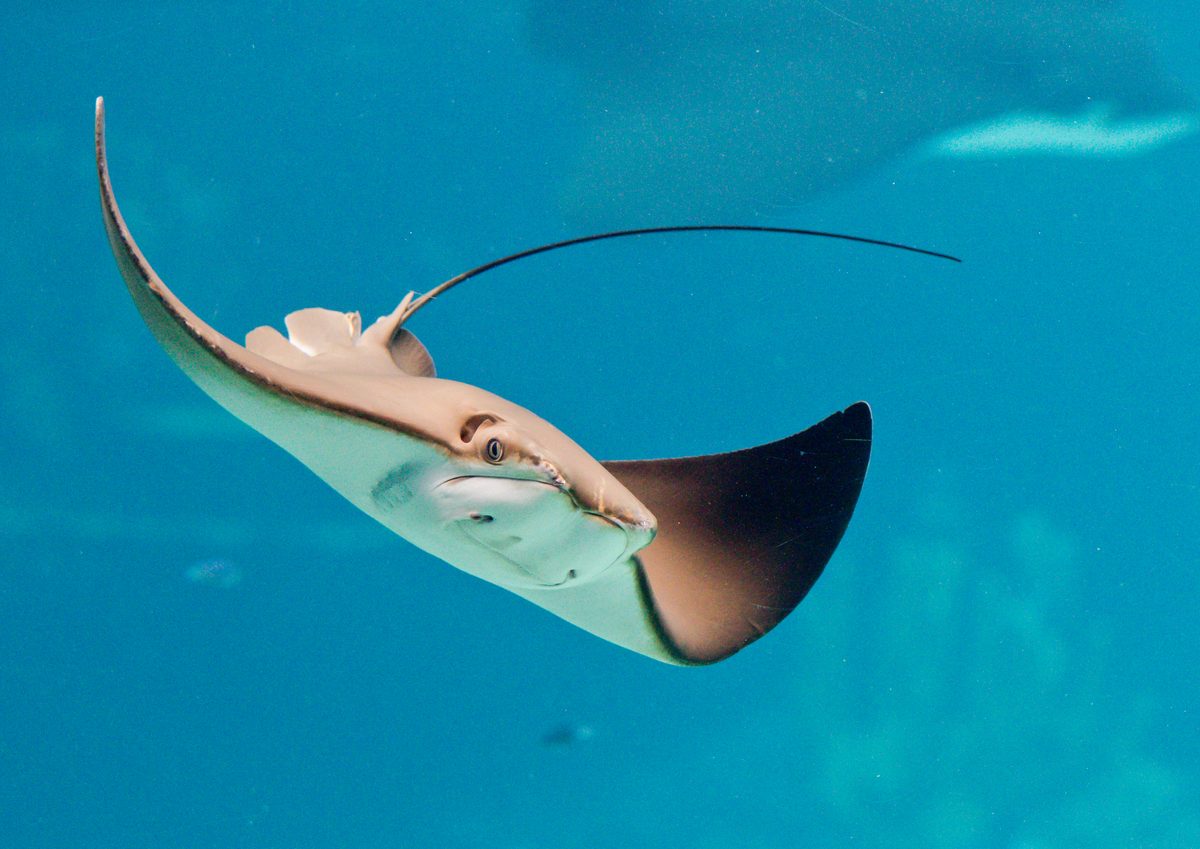
Stingray conservation efforts urgently needed
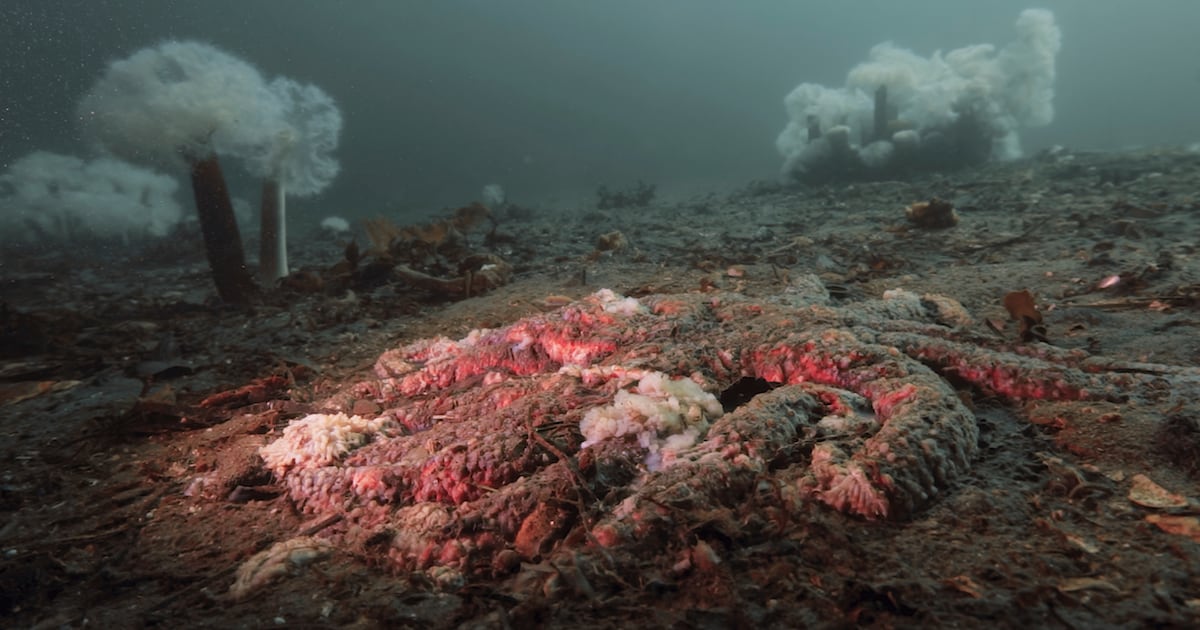
New insights into sea star die-off reveal bacterial culprit
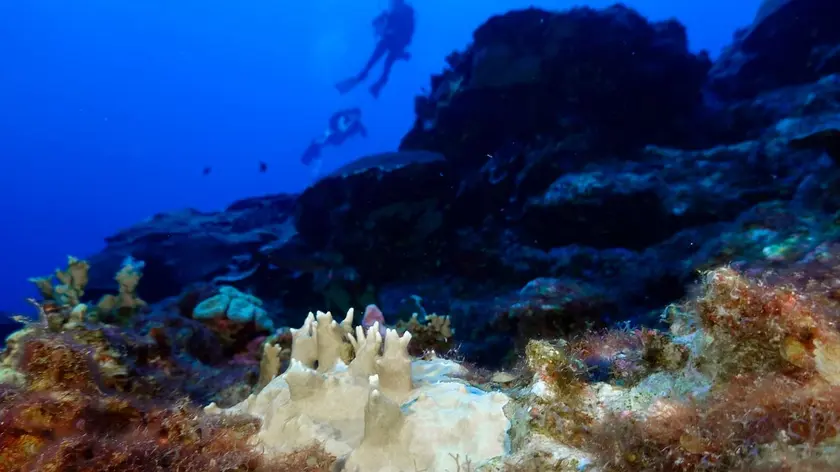
Marine heatwaves indicate critical ocean changes
